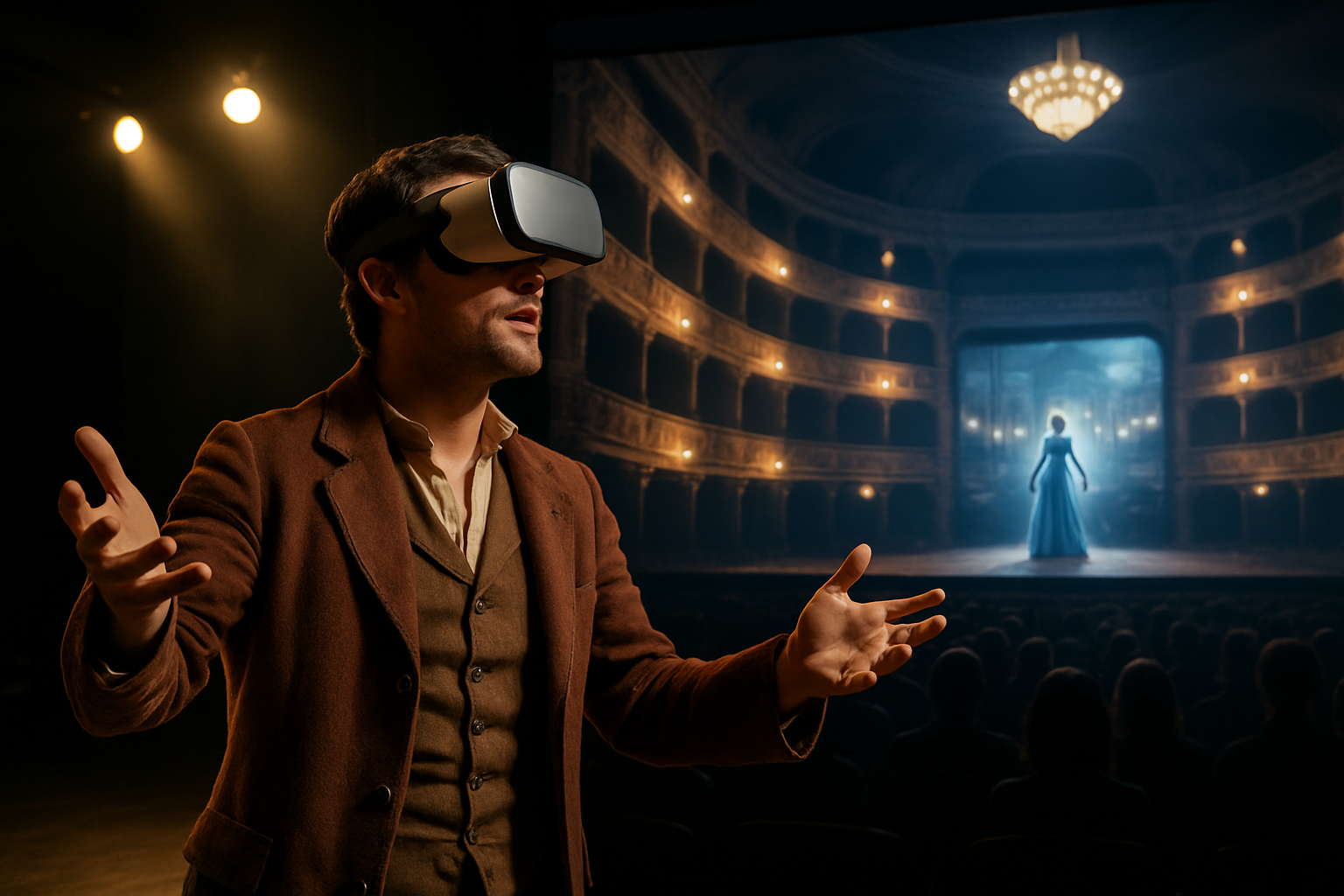Virtual Reality Theater: Redefining the Stage
In a world where technology continues to reshape our daily lives, the theater industry is experiencing a groundbreaking transformation. Virtual Reality (VR) theater is emerging as a revolutionary art form, blending centuries-old storytelling traditions with cutting-edge digital innovation. This fusion of performance and technology is not only changing how audiences experience theater but also expanding the creative possibilities for playwrights, directors, and actors alike. As the boundaries between physical and virtual spaces blur, VR theater is poised to redefine the very essence of live performance.

Breaking the Fourth Wall
One of the most significant aspects of VR theater is its ability to completely dissolve the traditional fourth wall. Audience members are no longer passive observers but active participants in the narrative. Through VR headsets, they can step into the story, interacting with characters and environments in ways previously impossible in conventional theater. This level of immersion creates a profound sense of presence, allowing for emotional connections and experiences that blur the line between reality and fiction.
Expanding Creative Horizons
For theater creators, VR opens up a realm of infinite possibilities. Set designers can craft elaborate, fantastical worlds unbound by physical constraints. Directors can manipulate perspective and scale in ways that defy the laws of physics. Actors, too, find new avenues for performance, as motion capture technology allows them to embody characters beyond human limitations. This freedom from physical reality enables storytellers to explore narratives and themes in unprecedented ways.
Accessibility and Global Reach
VR theater has the potential to democratize access to live performances. Geographic limitations become irrelevant as audiences from around the world can attend virtual shows without leaving their homes. This global reach not only expands the potential audience for theater companies but also fosters cultural exchange and collaboration on an international scale. Additionally, VR can make theater more accessible to individuals with mobility issues or those living in areas with limited access to live performances.
Challenges and Criticisms
Despite its potential, VR theater faces several challenges. The cost of equipment and the technical expertise required can be barriers for both creators and audiences. There are also concerns about the loss of the communal experience that traditional theater provides. Critics argue that the physicality and human connection integral to live performance may be diminished in virtual spaces. Additionally, the potential for motion sickness and the limitations of current VR technology pose ongoing challenges for widespread adoption.
The Future of Performance
As VR technology continues to advance, the possibilities for virtual reality theater are expanding rapidly. Haptic feedback systems are being developed to enhance the sensory experience, while social VR platforms are exploring ways to recreate the shared audience experience in digital spaces. Some visionaries even predict a future where physical and virtual performances seamlessly blend, creating hybrid experiences that combine the best of both worlds.
Conclusion
Virtual Reality theater stands at the forefront of a new artistic frontier, challenging our perceptions of what live performance can be. As it evolves, VR theater has the potential to revolutionize not just how we experience stories, but how we connect with art and each other across vast distances. While it may never fully replace the magic of traditional theater, VR is undoubtedly carving out its own unique and exciting place in the world of performing arts. As technology and creativity continue to intertwine, the stage of the future may very well be a virtual one, limited only by the boundaries of our imagination.





